This case details the non-surgical retreatment of tooth 46 in a 40-year-old female presenting with symptomatic apical periodontitis. Clinical and radiographic evaluation revealed a poorly adapted crown, metallic posts, secondary […]
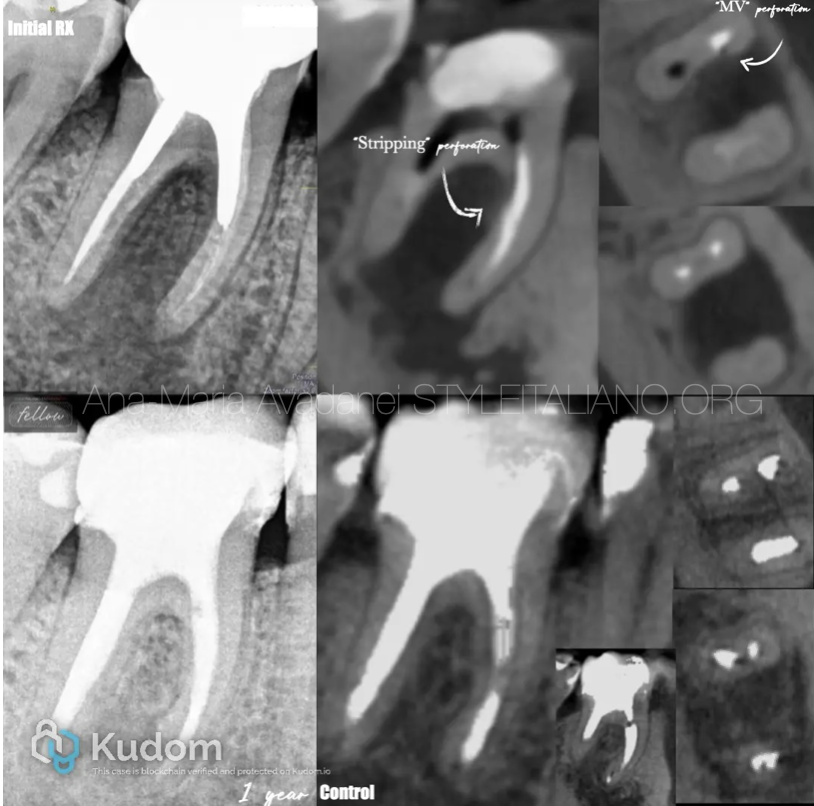 Non-Surgical Retreatment of Tooth 46 with Stripping Perforation: A Case Report
Non-Surgical Retreatment of Tooth 46 with Stripping Perforation: A Case Report
This case details the non-surgical retreatment of tooth 46 in a 40-year-old female presenting with symptomatic apical periodontitis. Clinical and radiographic evaluation revealed a poorly adapted crown, metallic posts, secondary […]
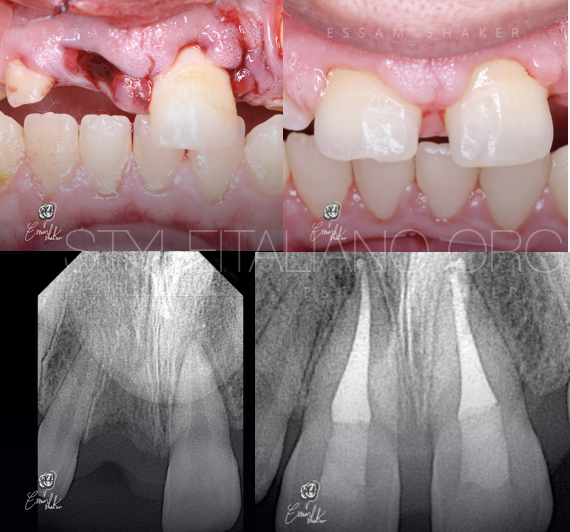 The best implant is your natural tooth
The best implant is your natural tooth
Dental trauma is a significant public health concern, often resulting from accidents, sports injuries, or falls. Among the various types of dental injuries, avulsion and extrusion represent severe forms of […]
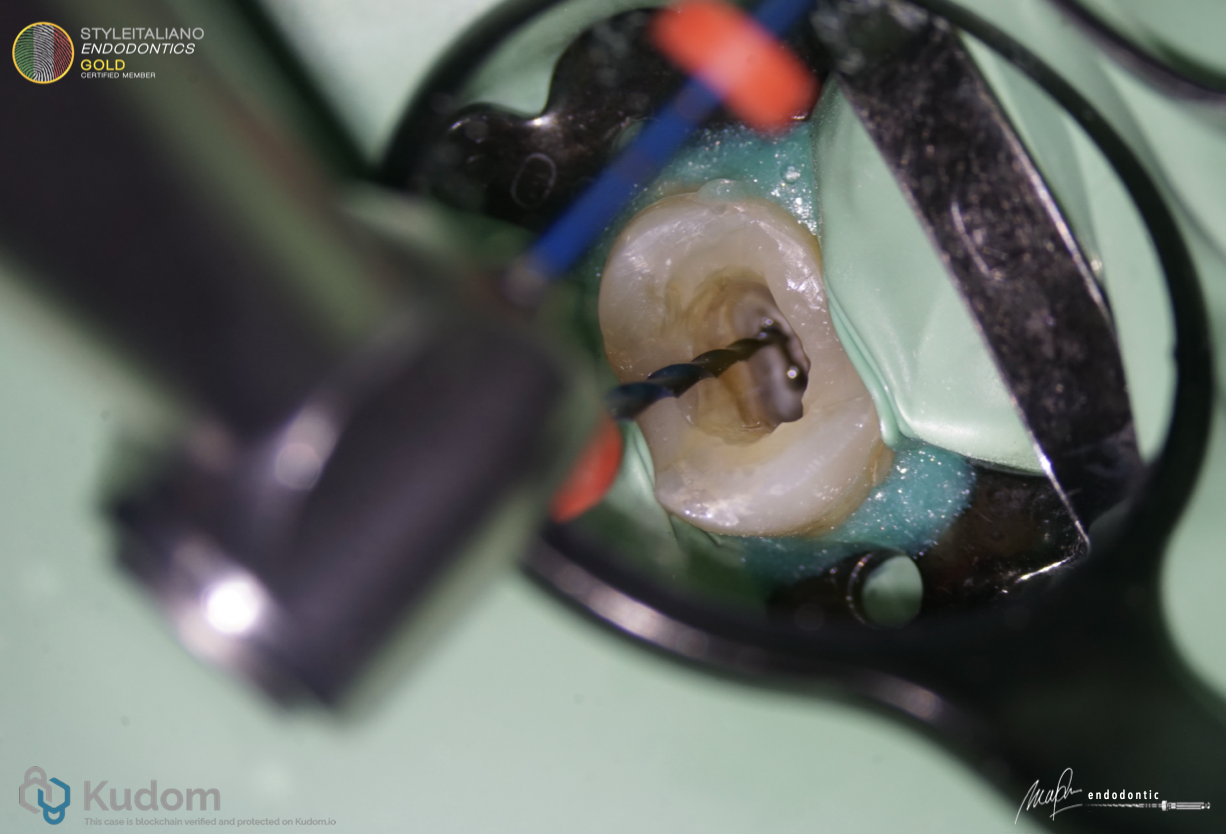 Clinical Application of R One Mini that Emphasises on Dentin Preservation
Clinical Application of R One Mini that Emphasises on Dentin Preservation
Endodontic treatment aiming to cure and prevent apical periodontitis to retain tooth as long as possible, functioning without symptoms. In order to achieve this, we must performed root canal preparation to reduce bacteria to the level that necessary, this mean we shape and clean the root canal system to its terminus.
But we need to bear in mind that in order to achieve long term predictability we also need to save tooth structure specially the PCD area in order tooth to withstand occlusal force for period of time
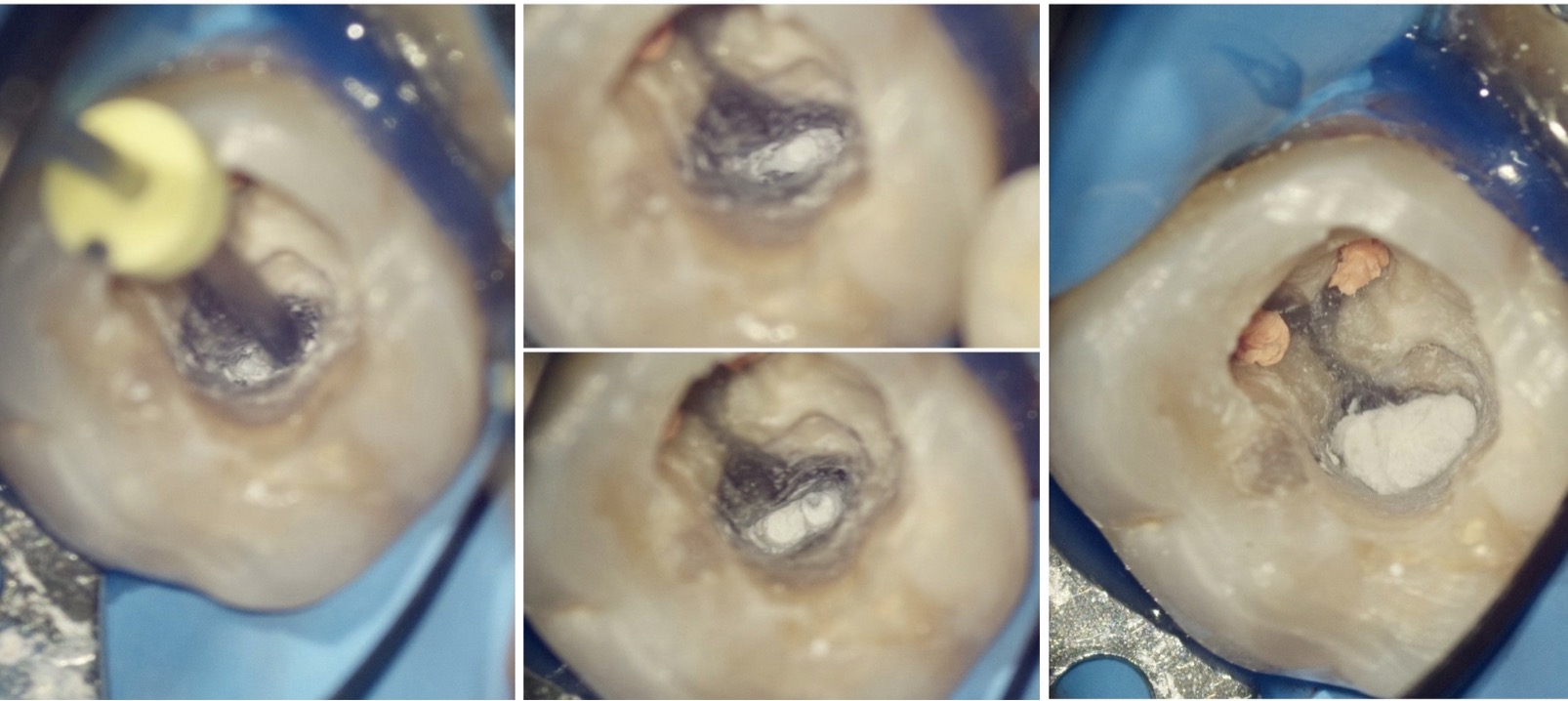 Treatment of an external inflammatory root resorption
Treatment of an external inflammatory root resorption
External inflammatory resorption (EIR) is present on the external surface of the root of majority of the teeth diagnosed with chronic apical periodontitis. EIR also affects teeth that suffer severe […]
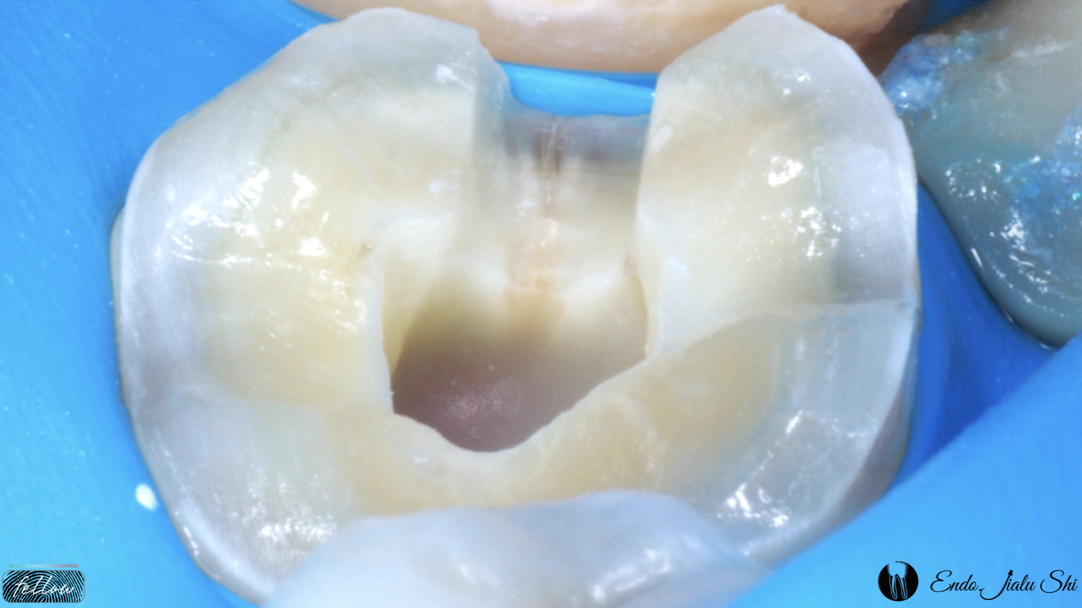 One-visit RCT of a cracked tooth
One-visit RCT of a cracked tooth
Cracked teeth have always been a difficult problem. The rate of cracked teeth increased during the initial outbreak of the COVID-19 pandemic; several studies provided evidence on the association between […]
 Treating curved canals with Harmony files
Treating curved canals with Harmony files
The primary goal of root canal shaping is to create a continuously tapered, funnel-shaped canal while preserving the original anatomy. This is significantly harder to achieve in a curved canal […]
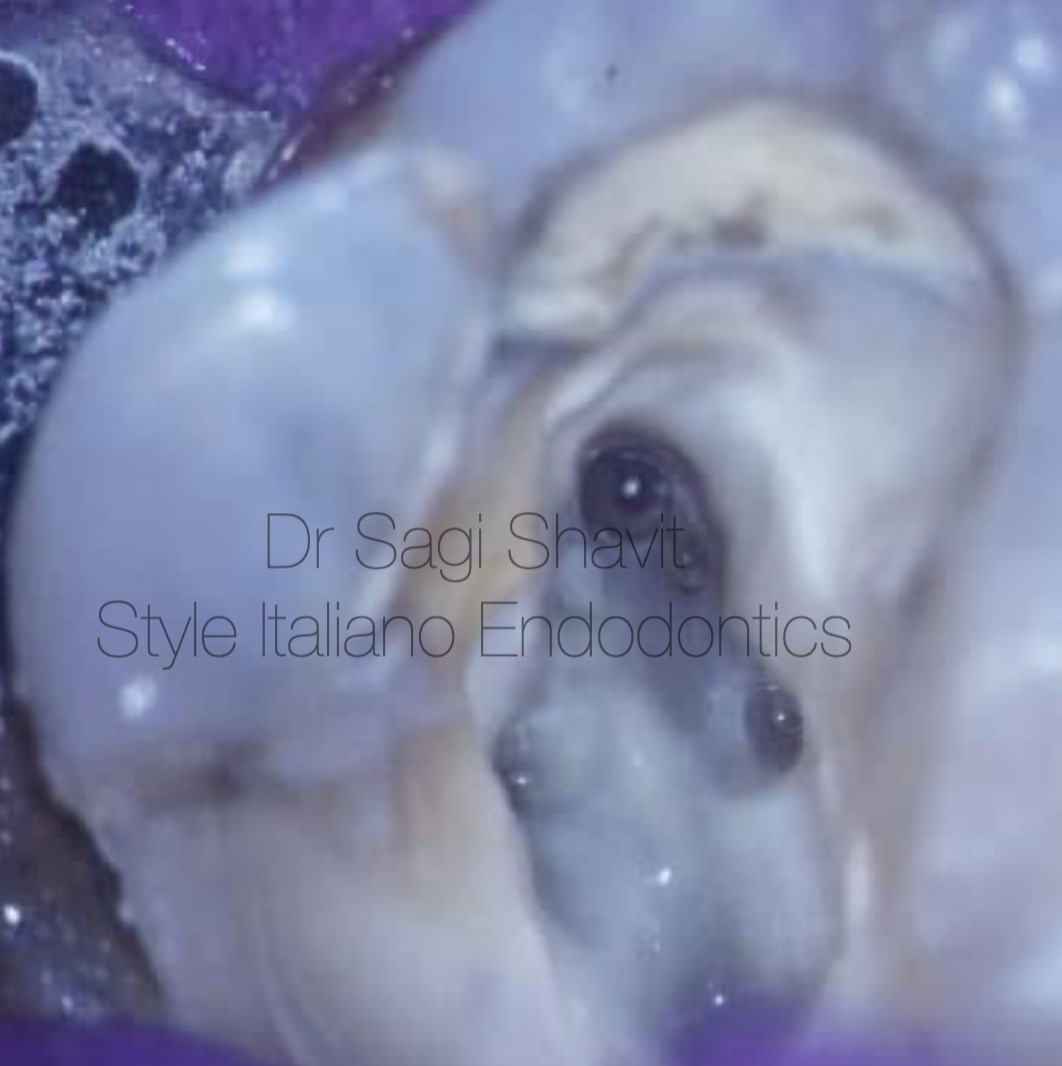 UL6 with unusual anatomy
UL6 with unusual anatomy
The incidence of MB2 and MB3 in upper first molars is low (Ronald Ordinola-Zapata et al., 2020), however one of the most common reasons for endodontic failures is missed anatomy […]
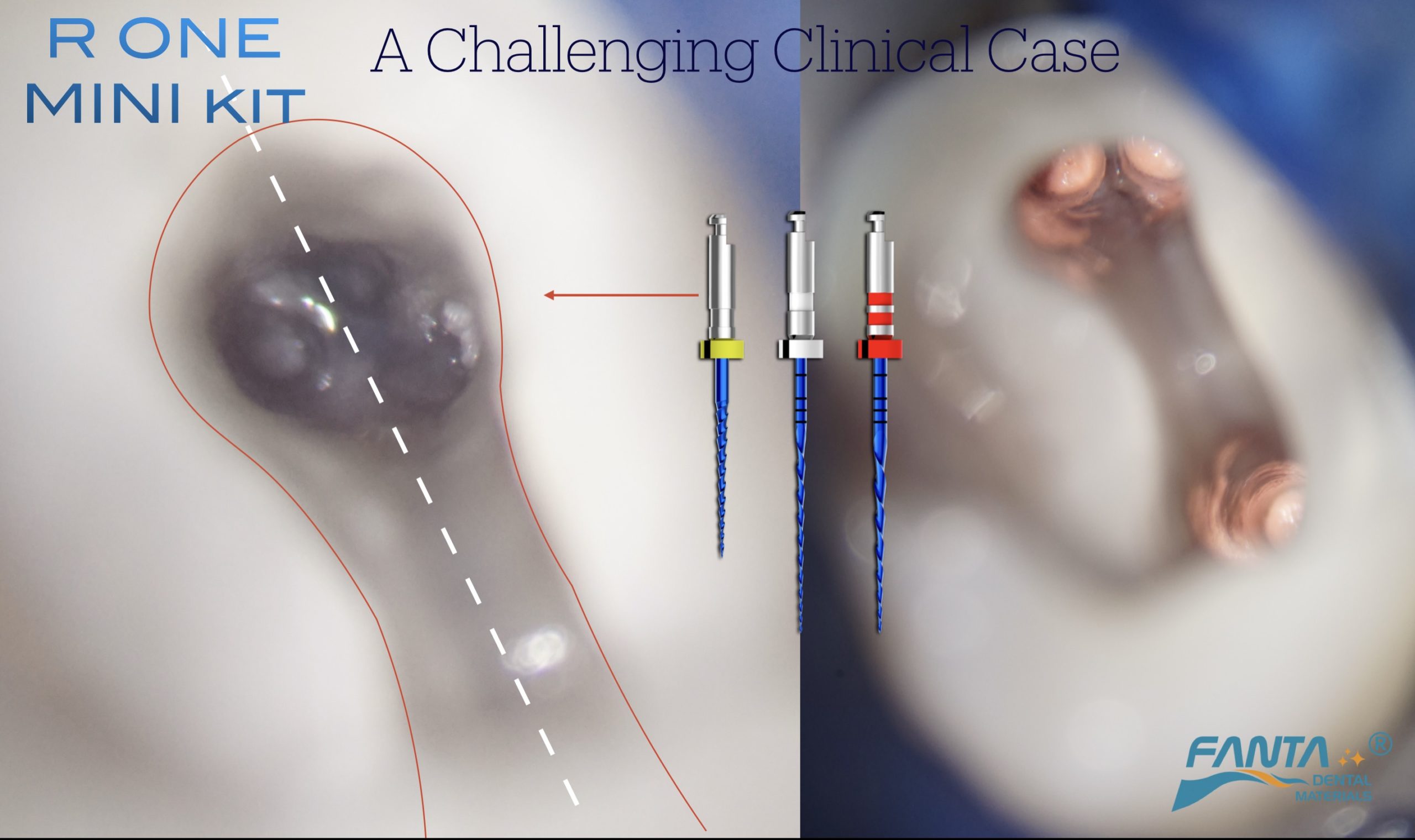 A Challenging Clinical Case
A Challenging Clinical Case
Three-rooted maxillary first premolars represent a significant anatomical variation and a considerable challenge in Endodontic practice. This article aims to analyze the clinical management strategies pertaining to this specific tooth […]
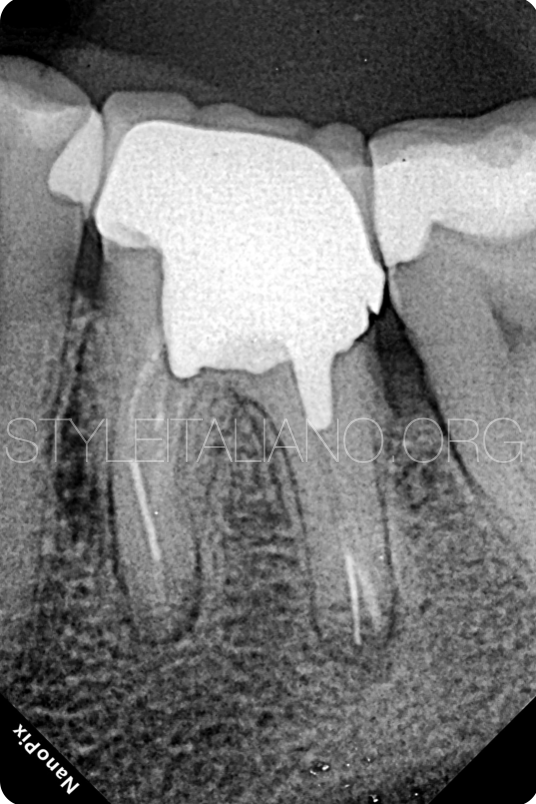 NSRCT OR EXTRACTION?
NSRCT OR EXTRACTION?
The introduction of implant dentistry, in some cases, eliminated the need for non-surgical endodontic retreatment as well as the need for apical surgery. Proverb says: «When you have a hammer, […]
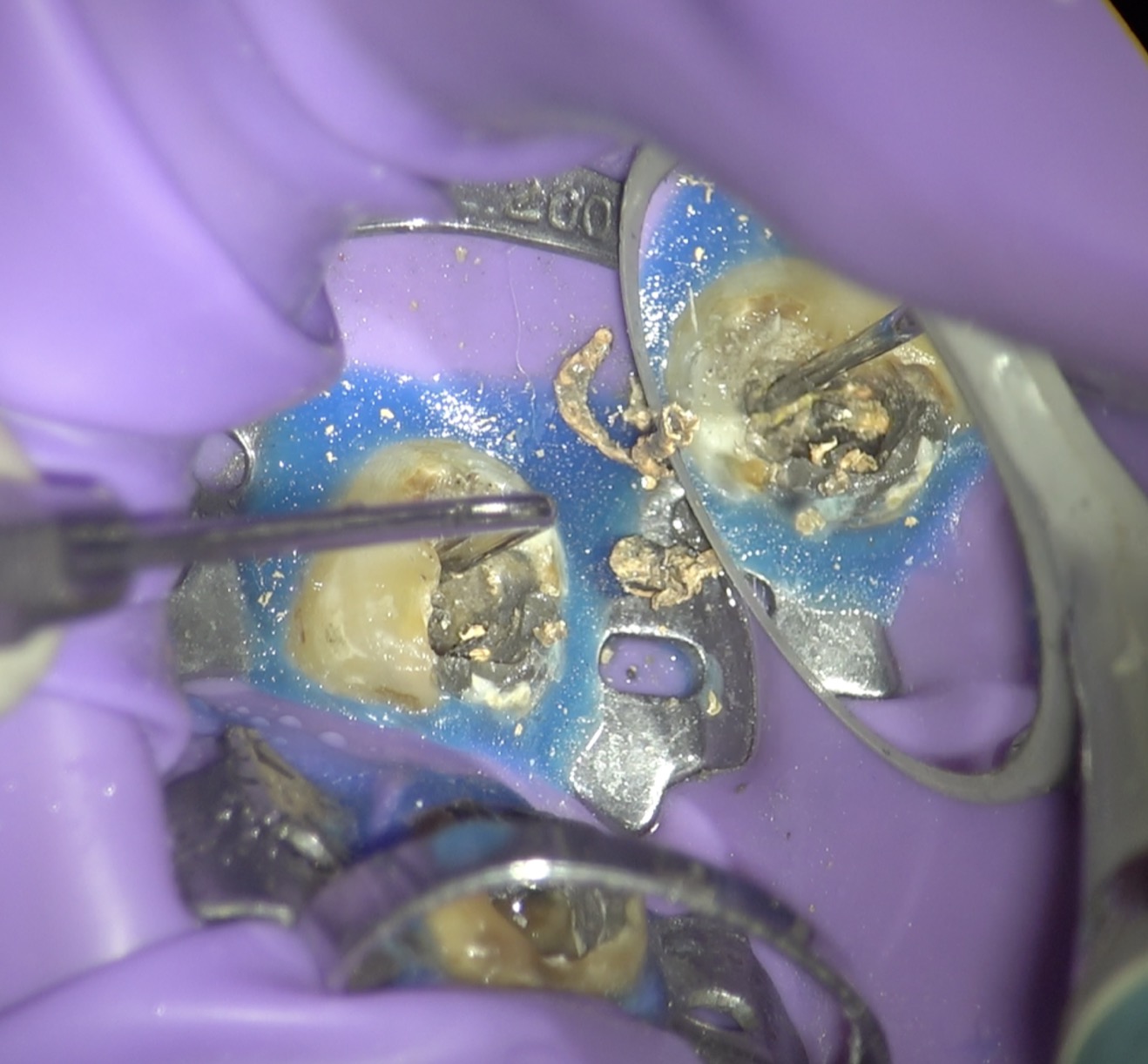 Antique Silver replaced by conventional Gutta percha: A Retreatment Revival
Antique Silver replaced by conventional Gutta percha: A Retreatment Revival
This clinical case presents the nonsurgical endodontic retreatment of a mandibular first molar initially obturated with silver points. The tooth exhibited persistent periapical pathology and contained a missed, partially calcified […]
 Conservative and safe shaping with R One Mini
Conservative and safe shaping with R One Mini
Modern endodontics emphasizes the importance of preserving natural tooth structure while achieving effective canal debridement. Conservative shaping of the root canal system is essential to maintain the original canal anatomy, […]